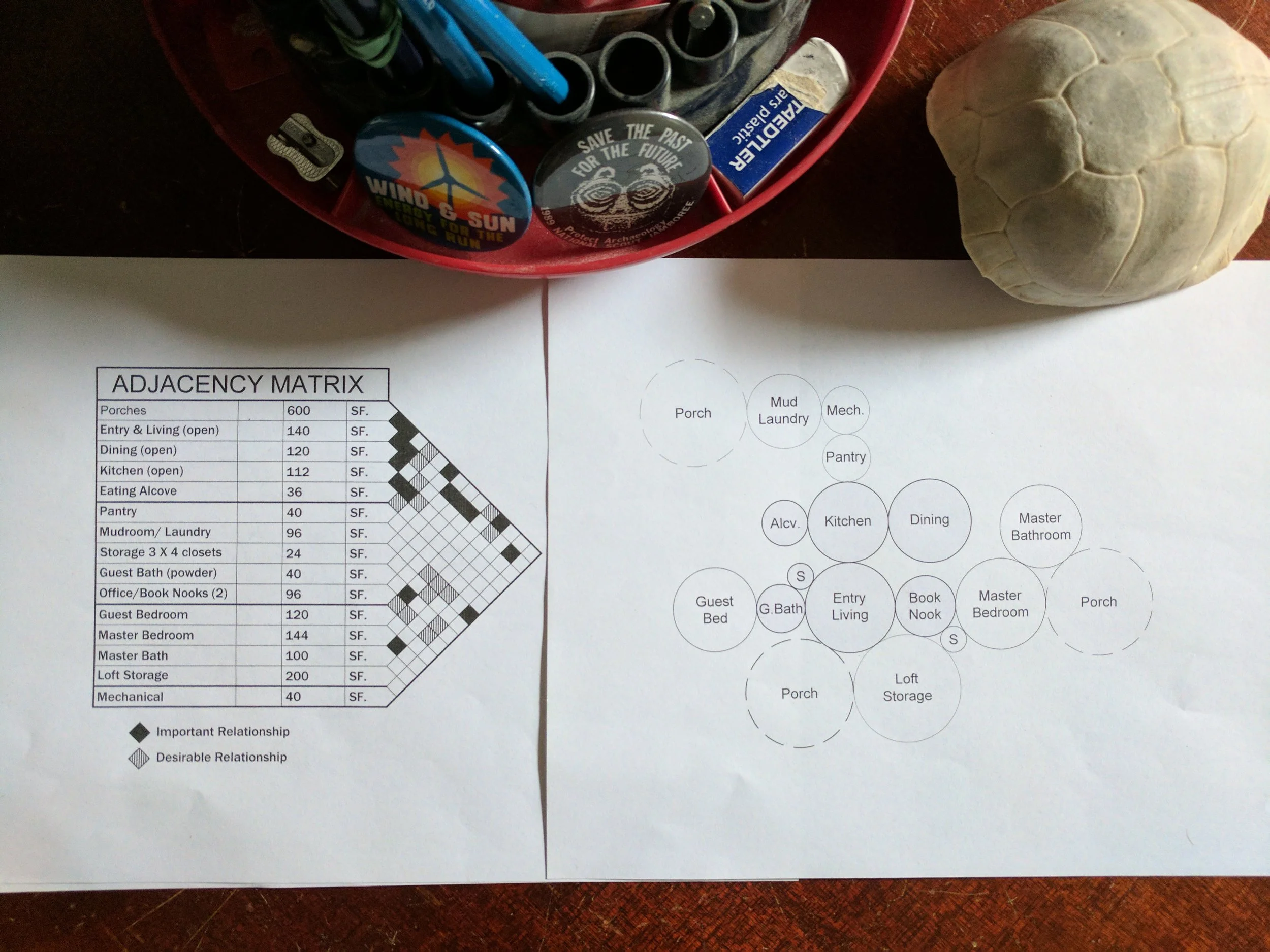Theory has been fundamental to the practice of architecture since ancient times. A long-accepted theory of architecture centers on the coexistence of three factors: firmness, commodity, and delight (Latin: firmitas, utilitas, and venustas). A high-powered ancient Roman architect, engineer, and thinker named Vitruvius created this theory, but in practice, I think he missed something.
For posterity’s sake, it is true that good architecture must possess this triad containing structural stability, appropriate spatial accommodation, and attractive appearance, but…





















